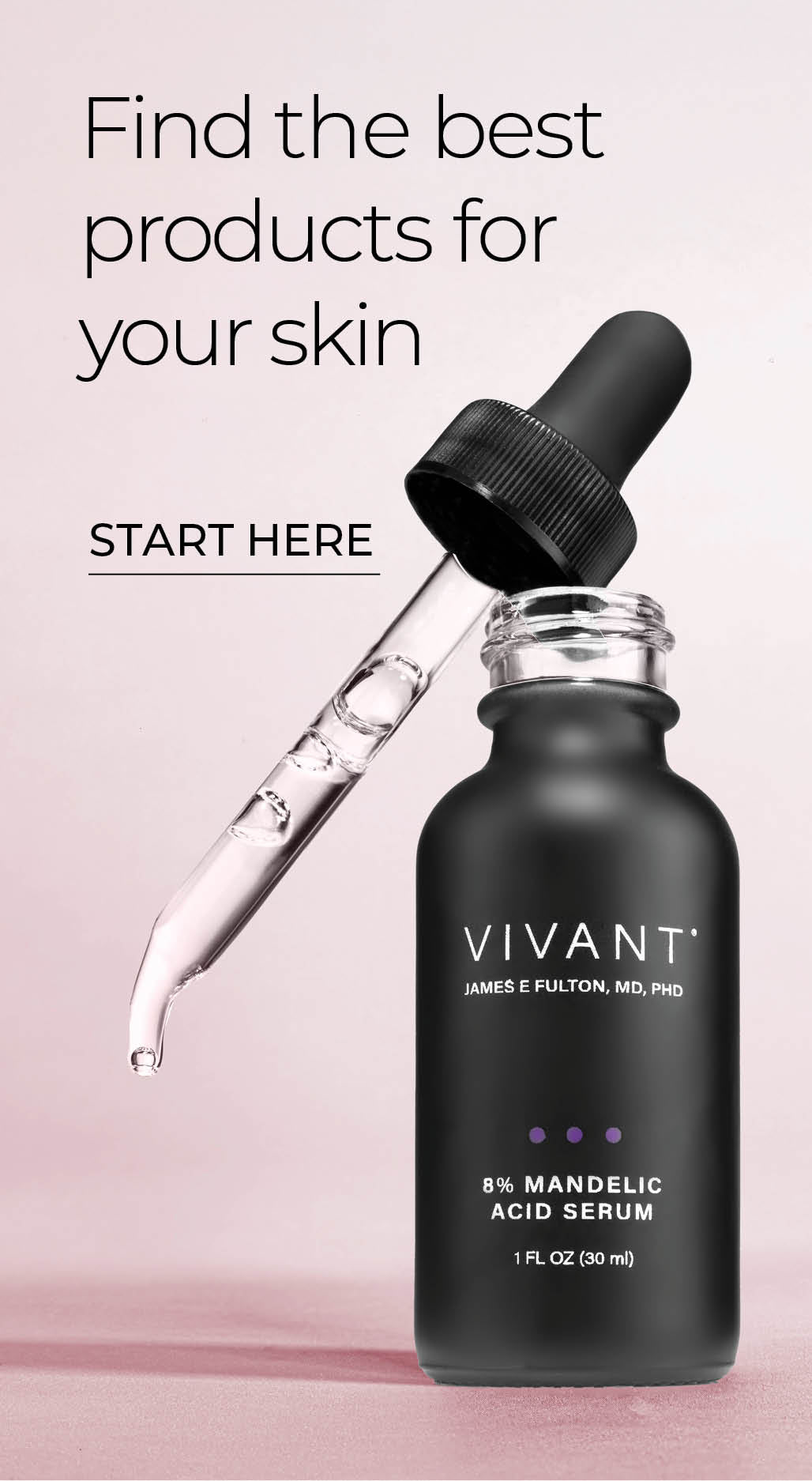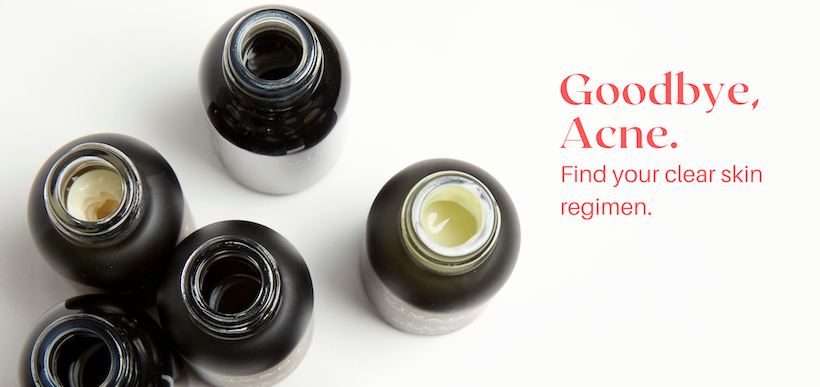What You Need to Know About Waxing

Humans spend an astounding amount of time, money, and energy removing hair from the various places nature intended it. Waxing is one of the more preferred and effective removal routes, but it comes with some issues of its own. Pain might be the least of them. For the waxers among us, or those considering taking it up, we offer the following advice to avoid some of the more unpleasant side effects that can accompany this popular torture beauty practice.
Don’t Wax While Using Vitamin A
Waxing and retinoids don’t mix. Vitamin A is actively increasing cell turnover and thinning the stratum corneum, the outer layers of dead skin. When you apply wax on top of that newly exfoliated skin and rip it away, you are also going to rip away some tender, new skin cells along with the unwanted hair. That’s going to be painful and also damaging to your skin. It leaves the skin open to infection, post-inflammatory hyperpigmentation, and the potential for scarring. To avoid these issues, stop using vitamin A for the two weeks before waxing, and three to four days after the hair has been removed.
Don’t Wax If You Have Rosacea
Weak or broken capillaries are common in rosacea-affected skin. Waxing can irritate the dilated capillaries further and cause a rosacea flare-up. If the area is already red, consider that a stoplight. Cleanse with anti-inflammatory Green Tea Antioxidant Cleanser. Follow with soothing and hydrating Skin Nourishing Toner. Use Rejuv Rx Peptide Concentrate to reduce redness and improve the skin barrier. When redness is under control, then you can consider waxing.
Waxing Can Trigger or Worsen Hyperpigmentation
Waxing rips hair out by the roots. It’s not just painful; it’s traumatic to the hair follicle. This kind of injury causes inflammation that triggers the skin’s protective melanin response. If you wax frequently, your chances of developing post-inflammatory hyperpigmentation in those areas are greatly increased. Especially if dark skin tones with a higher concentration of melanin. A regimen that includes mandelic acid can help counter these side effects by inhibiting melanin production and reducing inflammation.
Waxing Can Lead to Ingrown Hairs
All hair removal processes can cause trouble by disrupting the natural path of the hair growth within the follicle. The new hair may grow sideways or curl back inside the pore, where it becomes trapped and creates a bump that resembles a pimple. The irritation caused by ingrown hair can lead to dark spots. A good regimen for preventing and correcting ingrown hairs and dark spots is Mandelic Acid 3-In-1 Exfoliating Cleanser, 3% Mandelic Acid 3-In-1 Toner, 8% Mandelic Acid 3-In-1 Serum, and Day Treatment Lotion SPF 15 to keep UV exposure from worsening the condition.
Waxing Makes Skin More Vulnerable to UV Damage
Because waxing removes a thin layer of skin along with hair, waxed areas are more vulnerable to damaging UV rays. The photosensitivity is increased if you're taking a hormonal contraceptive. To prevent the damaging effects of UV exposure on waxed skin, be extra vigilant about using sunscreen on exposed areas, even on cloudy days.
Still Want to Wax?
Find a Good Esthetician
Because waxing can injure the skin and introduce infection, safety and hygiene top priority. Make sure your esthetician and the facility are properly licensed to perform waxing. And ask questions of your esthetician regarding experience and what to expect.
After waxing:
Apply ice to reduce inflammation.
Avoid hot baths or showers for a few days.
Wear sunscreen.
Don’t apply vitamin A or use other exfoliants for three to four days.


Comments
Hello Nell,
A Vitamin A regimen with Peptides is the best for aging skin. You can start with Buffing Grains, Skin Nourishing Toner, Derm-A-Renew (if you have never used medical-grade Vitamin A before. If already acclimated to medical-grade retinoids, then use Derm-A-Gel and Rejuv Rx), and Day treatment SPF 15.
What do I need to be using on aging skin. I have had gastric sleeve done so I need to have the best wrinkle cream there is.